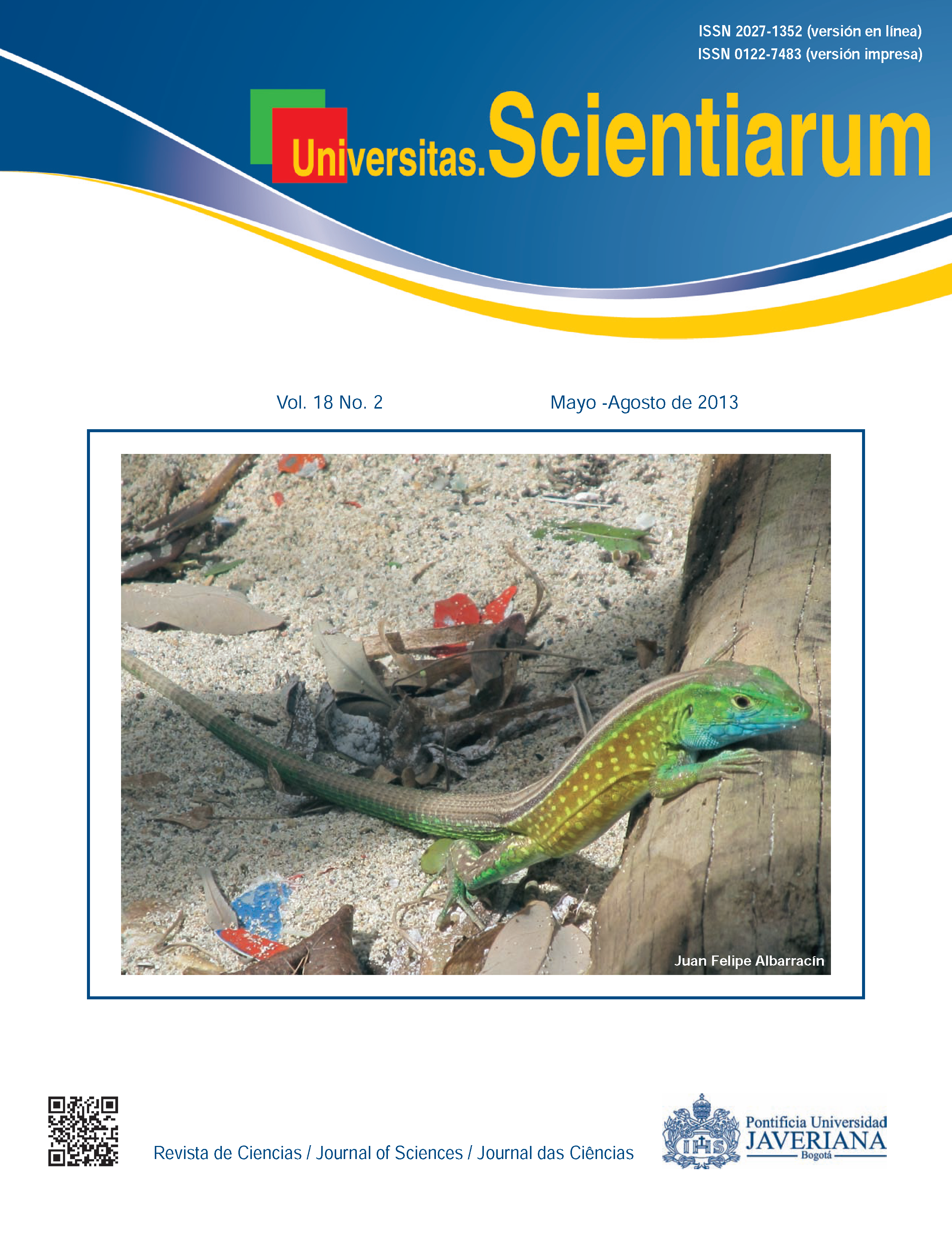Abstract
Here, we characterized the structure of the two-component regulatory system, LisR/LisK, in Listeria monocytogenes. To predict the structure of both proteins and the relationship between them, we employed several bioinformatic tools and databases. Based on our results, LisK protein is embedded in the cell membrane and its modular composition (HAMP, histidine kinase and ATPase domains) is associated with its autophosphorylation (His-266). A stimulus-response likely determines the sequential signal propagation from the bacterial cell surface to its cytoplasmic components. According to our results, LisR is a cytoplasmic protein with a receptor domain (homologous to CheY) that comprises a phosphoacceptor residue (Asp-52) and a DNA-binding domain, which may allow the transmission of a specific transcriptional response. LisR/LisK has been experimentally characterized both biochemically and functionally in other Bacilli pathophysiology; our structure-function approach may facilitate the design of suitable inhibitors.
Univ. Sci. is registered under a Creative Commons Attribution 4.0 International Public License. Thus, this work may be reproduced, distributed, and publicly shared in digital format, as long as the names of the authors and Pontificia Universidad Javeriana are acknowledged. Others are allowed to quote, adapt, transform, auto-archive, republish, and create based on this material, for any purpose (even commercial ones), provided the authorship is duly acknowledged, a link to the original work is provided, and it is specified if changes have been made. Pontificia Universidad Javeriana does not hold the rights of published works and the authors are solely responsible for the contents of their works; they keep the moral, intellectual, privacy, and publicity rights. Approving the intervention of the work (review, copy-editing, translation, layout) and the following outreach, are granted through an use license and not through an assignment of rights. This means the journal and Pontificia Universidad Javeriana cannot be held responsible for any ethical malpractice by the authors. As a consequence of the protection granted by the use license, the journal is not required to publish recantations or modify information already published, unless the errata stems from the editorial management process. Publishing contents in this journal does not generate royalties for contributors.



